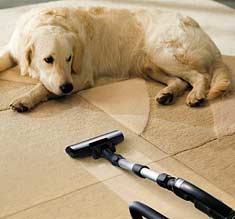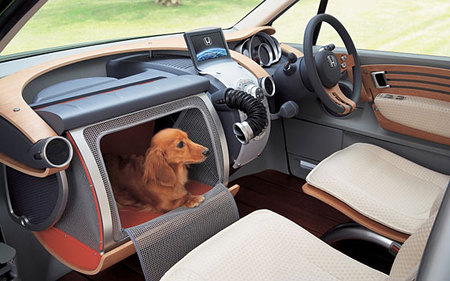Crufts Hotel 2014
We would love to invite all those who are dog lovers to attend the world famous dog show Crufts and stay with us near the NEC. Crufts Dog Show is Thursday the 6th to Sunday the 9th of March 2014 inclusive.
Fantastic demonstrations and competitions of all the major dog sports including all the finals for heelwork to music, agility and obedience. Of course there is also halls and halls of shopping plus discover dogs too.
The Rates shown are per room and include a three course evening meal and full english and continental breakfast at the Holiday Inn Coventry. It is a fantastic deal and represents excellent value at greatly reduced prices. The hotel also has bar facilities, a swimming pool with steam room, sauna and Jacuzzi and a gym all inclusive in the room rates.
If you are competing at Crufts dogs are also welcome in the hotel for a small fee of £15 per stay.
Please remember you cannot take your own dogs to Crufts unless they have qualified to take part.
The Rates Are:
For a Double or Twin Room
Mon to Thurs = £95 per night,
Fri/Sat/Sun = £80 per night
For Single Occupancy
Mon to Thurs =£80 per night,
Fri/Sat/Sun = £65 per night
For a Triple Room
Mon to Thurs = £105 per night,
Fri/Sat/Sun = £90 per night
If you would like to book a room at the hotel please let me know by the 1st of September 2013 latest – a £10 non refundable deposit is required per room per night by that date. The Balance must be paid before on by the 1st of January 2014. My phone number for any questions or to book is 07958522732 or email miranda@sussexcountydogtraining.co.uk
Would be great to have you there, Miranda. x








